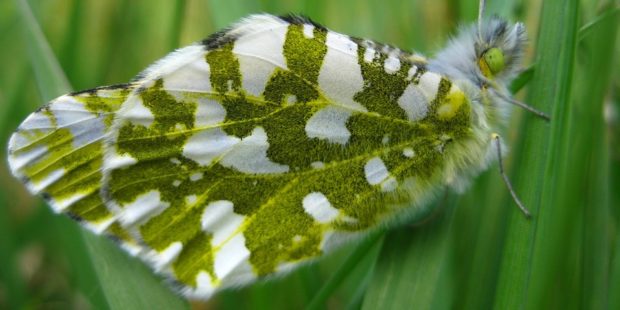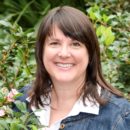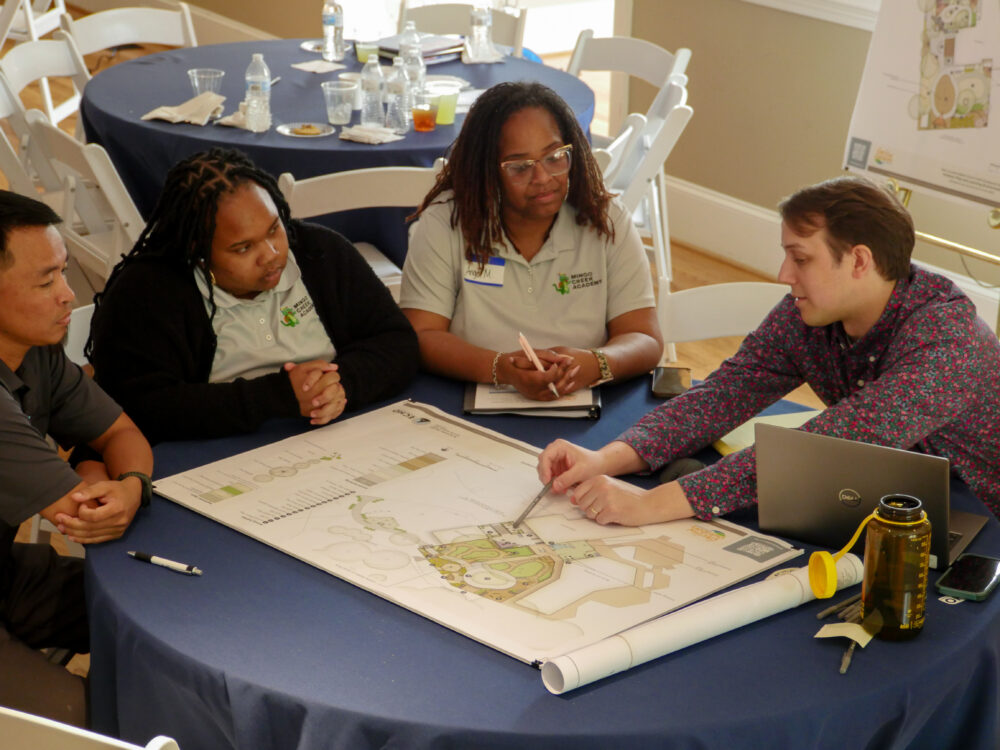We have much more to do and your continued support is needed now more than ever.
Pollinator Protection: Pledges, Policy and Proclamations

Substantive commitment to create a pollinator friendly world has increased significantly in the last three years. Local, state, and national efforts across North America are expanding and some include incentives.
Most recently, Minnesota enacted a program to pay homeowners to transform lawns into bee gardens as species inches closer to extinction.
National Wildlife Federation’s recent impact report on the National Pollinator Garden Network and Million Pollinator Garden Challenge highlights the following:
Town by Town & City by City
- 481 mayors have signed the National Wildlife Federation’s Mayors Monarch Pledge. Mayors and local or tribal government chief executives commit to implement at least three of 24 action items. Fort Worth, McAllen and San Antonio Texas and Saltillo, Coahuila (Mexico) are champion cities that have taken all 24 actions. Over 100 have taken 8 or more actions.
- Municipalities in the U.S. and Canada are incorporating pollinators and native plant habitat as executive orders or into their sustainability plans. The City of Toronto, a Mayors Monarch Pledge, adopted a Pollinator Protection Strategy and provides grants with the goal of protecting the more than 360 species of bees and 100 species of butterflies and other pollinators that call Toronto home. (Toronto, 2018)
State by State
The Rusty Patch Bumblebee—native to 28 states—was the first bumblebee to be listed as endangered under the Endangered Species Act, after it declined by 87% over 20 years. This, along with 90% decline of the monarch butterfly and a petition to also list the monarch as endangered, has mobilized state efforts to address greater risks of species extinction and is driving unprecedented collaborations.
- Governors in all 50 states made pollinator proclamations as part of Pollinator Partnership’s National Pollinator Week. In 2013, the number was just 36.
- Pollinator-friendly policies are on the increase. For example, the New Jersey Senate Environment committee passed the “Jersey Native Plants Program,” to promote the sale of native vegetation at local garden centers.
A National study of laws passed by state legislatures from 2000–2017 found 110 new laws covering pollinator health related issues, with a significant increase in numbers in just the past 3 years.
- National Wildlife Federation State Affiliates have helped host more than a dozen Monarch Summits to create state plans to save the monarch. A joint effort with fish and wildlife agencies across states in the central migratory flyway of the monarch, the Mid-America Monarch Conservation Strategy aims to plant 1.3 billion milkweed stems, critical for saving the monarch butterfly. Illinois, Indiana, Kansas, Oklahoma, Michigan, Arkansas, Missouri, Texas, Kentucky, Ohio, Nebraska, and South Dakota have hosted Monarch Summits to create action plans and share resources for monarch conservation among state agencies, nonprofit organizations, businesses, and individuals.
National Wildlife Federation and many in its network of 52 affiliates have played a lead role or been a collaborator on most of the efforts above. Most recently NWF affiliates passed a resolution to urge the Environmental Protection Agency and state departments of Agriculture to suspend authorizations for dangerous volatile herbicides Dicamba and 2-4 D, to protect wildlife habitat that is already under the intense pressures. In June 2017, National Wildlife Federation state affiliates adopted a resolution calling for the Environmental Protection Agency to suspend uses of the neonics, until further research shows no unacceptable harm to native bees, monarch butterflies, other pollinators, and other wildlife.
Across the Nation—Federal Action
National Wildlife Federation’s federal policy work ultimately benefits habitat essential to pollinators. The Federation works to continue success in securing conservation funding, such as the provisions in the Farm Bill which is among the largest sources of conservation funding in the federal government. Through such programs as the Conservation Reserve Program, Wetlands Reserve Program, and Wildlife Habitat Incentive Program, hundreds of millions of dollars are available to private landowners to keep wetlands, grasslands, and other fragile lands protected for as wildlife habitat. In addition, the National Wildlife Federation is working to pass the bipartisan Recovering America’s Wildlife Act, which would fund state-led efforts to proactively help at-risk wildlife identified by State Wildlife Action Plans.
In 2015, the White House published a report and action plan on the Health of Honeybees and other Pollinators, giving a huge boost to public understanding of the pollinator crisis. NWF along with other co founders of The National Pollinator Garden Network, continue this work today with the following agencies working on national strategies on behalf of pollinators.
The U.S. Fish and Wildlife Service collaborates with partners on voluntary conservation measures to conserve monarch butterflies. Since 2015, the Service has restored and enhanced more than one million acres of monarch habitat on Service-owned and administered lands, created and enhanced over 1,000 monarch and pollinator gardens, and leveraged more than $30 million of partnership projects.
The U.S. Forest Service has restored, enhanced, or maintained 1,067,220 acres of pollinator habitat since 2015. The Native Plant Materials Program supports production of pollinator-friendly plants in private nurseries. Research and monitoring protocols inform agro-foresters, gardeners, farmers, and other land managers with ways to promote pollinator habitat. Multi-media educational resources created by the Forest Service and partners include: the Celebrating Wildflowers website, the Natural Areas Association Pollinator Webinar Series, and the award-winning short film “Pollinators Under Pressure.” Inter-agency collaboration, funding, and direct outreach on all 192 million acres of National Forests and Grasslands extends Forest Service reach to all demographics of the American public with pollinator-friendly practices.
The National Park Service (NPS) engaged citizen scientists, partners, the public, and park staff to expand inventory, monitoring, education, and stewardship efforts for a wide range of pollinator species, including some of the most endangered, like the San Juan Island marble butterfly. The NPS applied best-management practices to improve pollinator habitat and health, including the reduction of neonicotinoid pesticide use. The agency created new pollinator gardens, and restoration projects included pollinator goals and objectives in their design. The NPS pollinator website showcases examples of pollinator protection efforts.

North America and the World
The U.S. Department of State leverages its social media platforms to bring pollinator awareness to a vast global audience. It works with its hundreds of properties around the world to help support pollinators, with 18 now formally recognized by the National Wildlife Federation as Certified Wildlife Habitats for featuring pollinator-friendly gardens.
The National Wildlife Federation broadened its monarch work by joining the tri-national efforts of the Commission for Environmental Cooperation, which helped expand the Mayors’ Monarch Pledge to Canada and Mexico in 2017. The Tri-National Mayors’ Monarch Pledge encourages mayors and other local government chief executives to take community-wide actions to help save the monarch butterfly.
NWF appreciates all the leaders who helped and continue to push for wildlife friendly landscapes.
Learn about how you can join the Garden for Wildlife movement!
Learn more!






















